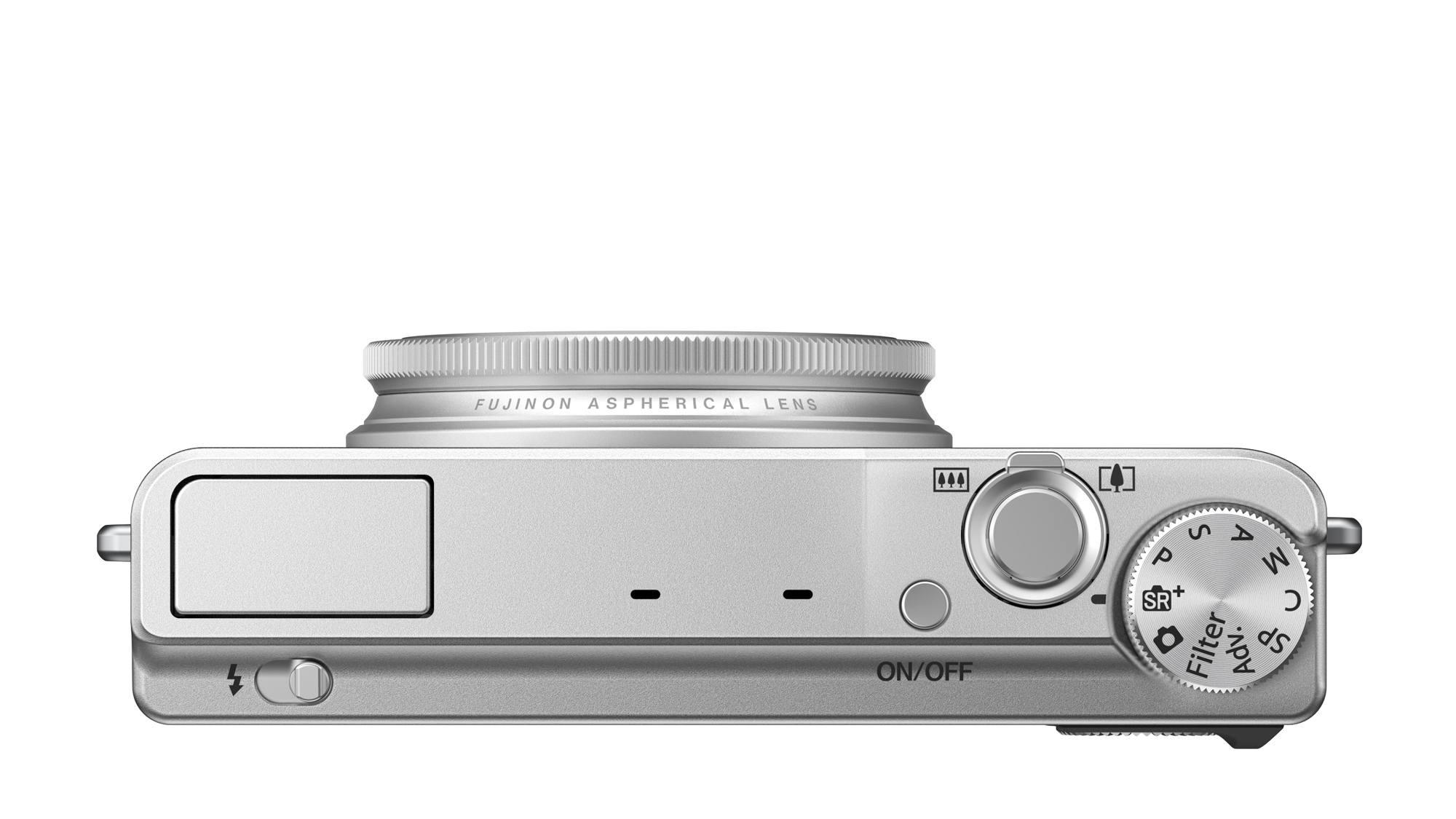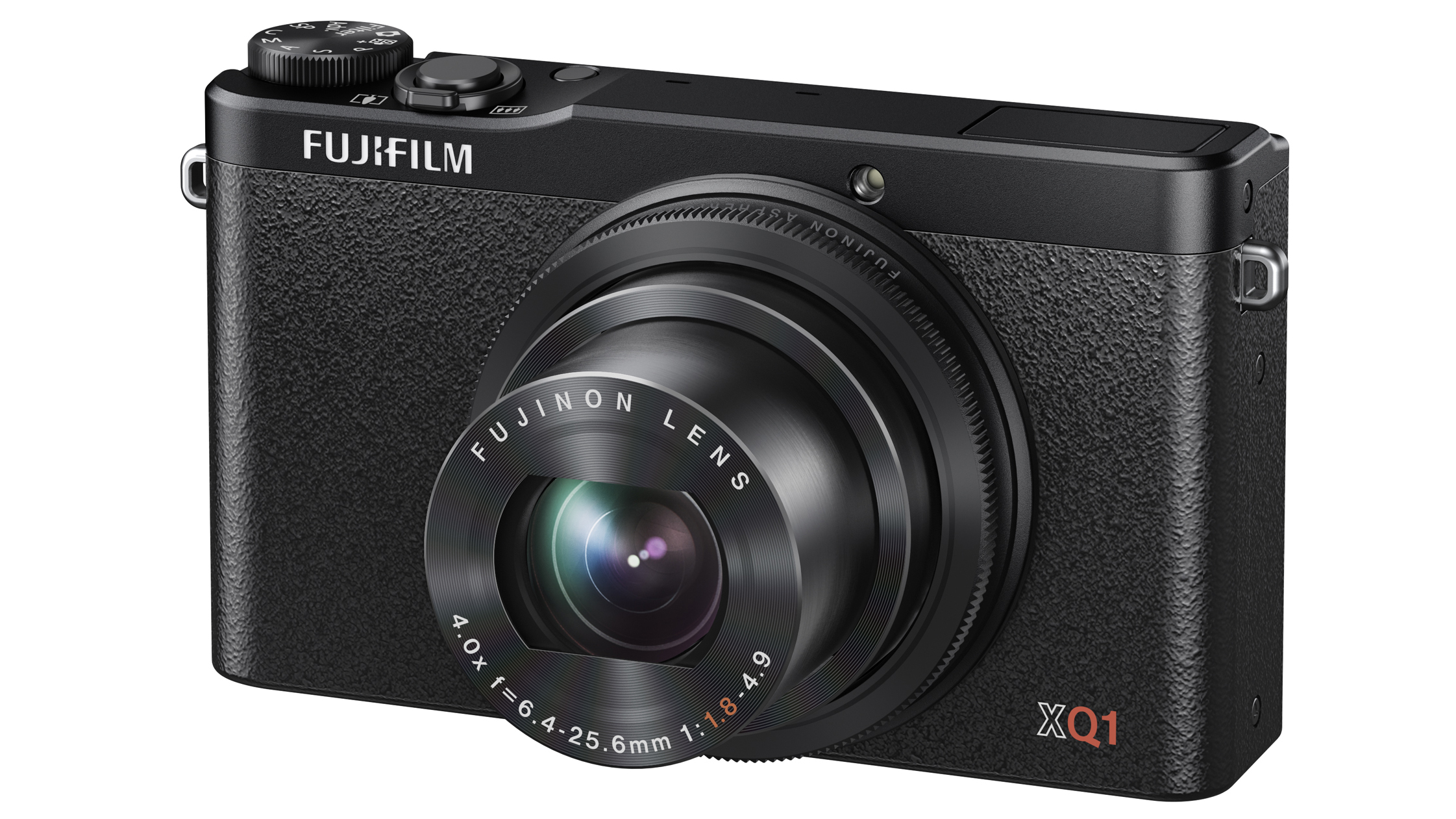Why you can trust TechRadar
It is easy to write f/1.8 on the barrel of a lens, but quite another thing to make that lens work well at such a wide aperture.

Performance at this maximum setting is okay, with decent-enough resolution and no evidence of chromatic separations even in the corners. As one might expect, f/1.8 isn't the XQ1's best aperture, but fortunately for detail (but equally unfortunate of lovers of wide apertures) we get the chance to use this setting only rarely.
Shifting the zoom even fractionally brings about a dramatic closure of the blades and we quickly progress to the f/4.9 end of the quoted range. By the 35mm zoom position the widest available aperture is f/3.6 and by 50mm - only halfway through the zoom range - we can only manage f4.2. From this point of view, the f/1.8 advertised marking feels a bit of a con.

We found in use the better apertures sit firmly in the middle of the range - f/5.6-8 - with those before and after producing less sharp work. In practice too, there is not a great deal of benefit to be had from using the wider apertures if shallow depth of field is your aim, as at normal distances there is little differential focusing.
Wider apertures though can be used to avoid straying into higher ISO settings, as these produce quite a lot of noise. Luminance noise is a feature of images shot at settings of ISO 400 and above, with noise really having a significant impact at ISO 3200. Less vigorous noise reduction is the culprit, but at the same time this helps the camera to maintain good levels of detail resolution at almost all sensitivity settings.

Exposure metering is typically bright for a compact camera of this type, aiming at print-from-camera results rather than the atmospheric. We employed the help of the exposure compensation function on a great number of occasions to reduce overall brightness – something especially important given the surprisingly limited dynamic range of JPEG files. Images saved in the raw format hang on to detail a good deal longer, but still DSLR users will not be used to the speed at which highlight detail can be lost.
When exposures suit the scene, the XQ1 produces good colour. In the standard Provia setting Fuji avoids over-saturation and produces nice natural-looking shades. We found the auto white balancing mode quite effective. The 'daylight' setting, being actually labelled 'fine' can be too cool, and 'shade' delivers the warmth we don't need on just a cloudy day – there is nothing in between.
Sign up for breaking news, reviews, opinion, top tech deals, and more.

We've been pleased with the focusing speed and accuracy of the camera, as well as the camera's ability to support an AF point in 49 locations across the screen. In both bright and low-contrast situations, we found the system could find what we were aiming at with little delay, and even moving subjects were tracked rather well. Though on paper the macro mode's 3cm limit looks promising, in practice the close focus ability diminishes as soon as we leave the 25mm focal length setting.
